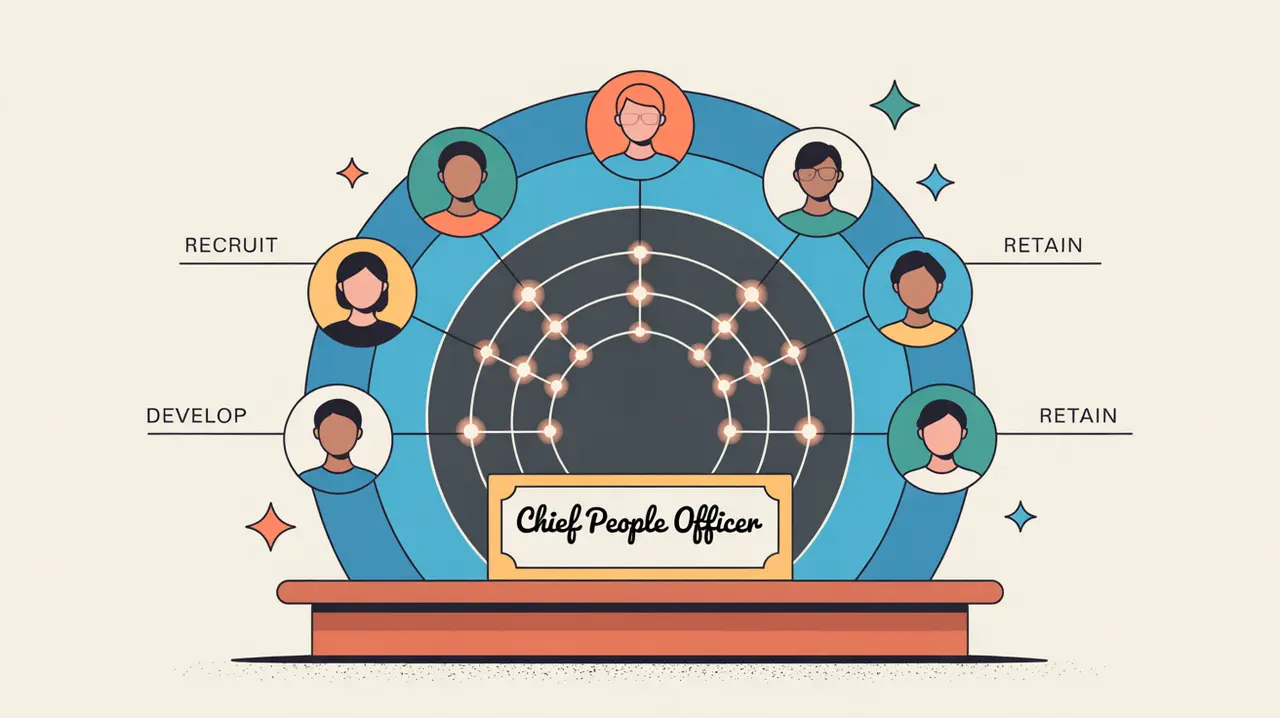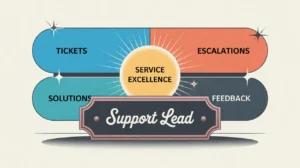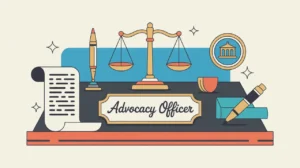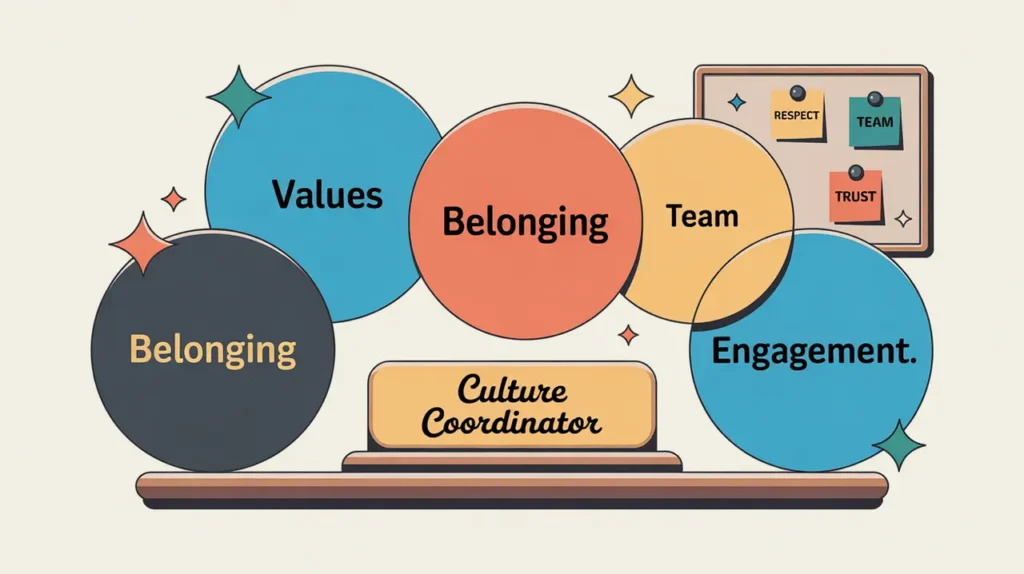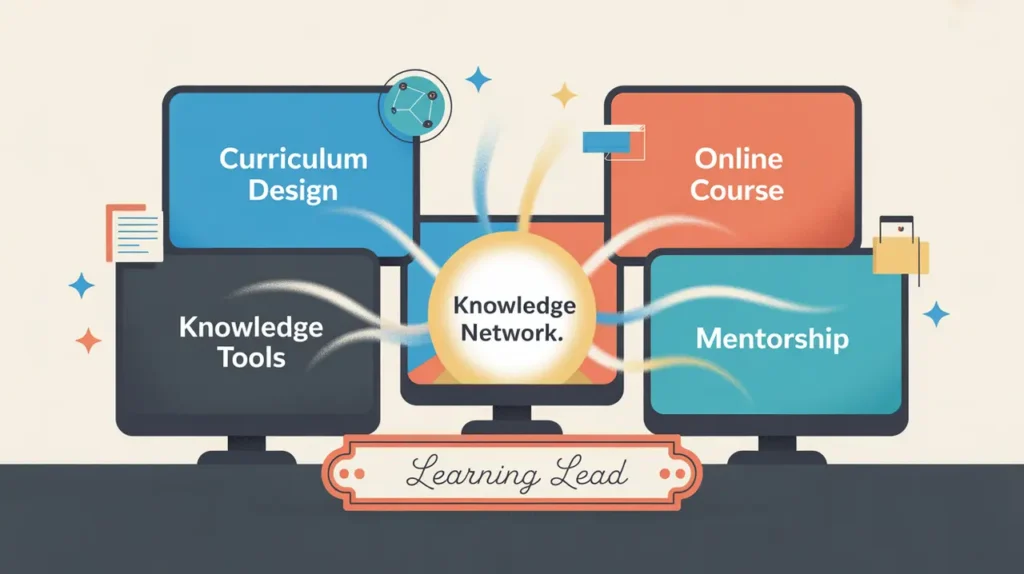What Does the Chief People Officer Role Involve?
A chief people officer (CPO) is responsible for shaping and leading an organization’s people strategy to attract, develop, support, and retain talent. This involves overseeing human resources, talent development, organizational culture, diversity and inclusion initiatives, performance management, and workforce planning. The CPO ensures that people practices are aligned with mission, values, and strategic priorities, and that the organization fosters an environment where individuals and teams can thrive. They work closely with the CEO, COO, and other executives to build organizational capacity and ensure that people systems enable operational excellence. In both nonprofits and social enterprises, the CPO plays a central role in stewarding culture and building the human infrastructure necessary for sustainable impact.
At What Level does this Role Operate?
Executive Level: This role operates at the highest level of organizational leadership, typically reporting to the CEO and serving as part of the executive team. The CPO oversees HR teams and collaborates with department heads to ensure that people strategies are embedded across all functions.
Relative Employability: Executive people leadership roles are in strong demand across nonprofits, social enterprises, and mission-driven organizations. As talent becomes a strategic differentiator, organizations increasingly seek leaders who can build cultures of belonging, growth, and accountability.
Relative Pay Scale: Within nonprofits and social enterprises, chief people officer roles sit in the upper executive pay bands, reflecting their strategic importance in shaping organizational culture and workforce effectiveness.
What are the Key Responsibilities and Activities?
- Lead the development and execution of the organization’s people and culture strategy
- Oversee recruitment, onboarding, talent development, and retention programs
- Design and manage performance management frameworks and workforce planning systems
- Foster organizational culture aligned with mission, values, and strategic priorities
- Guide diversity, equity, and inclusion initiatives to build inclusive workplaces
- Advise leadership on organizational design, change management, and talent strategy
- Supervise HR operations including compensation, benefits, compliance, and employee relations
- Represent people priorities to the board and external stakeholders when needed
What Core Competencies and Qualifications are Needed?
Required Qualifications and Experience
The following reflect common qualifications and experience expected for this role, while recognizing that pathways may vary by context, organization, and region.
- Relevant academic background in human resources, organizational development, business administration, or a related field, or equivalent professional experience
- Extensive leadership experience in HR or people functions, ideally at the senior or executive level
- Strong understanding of workforce planning, talent development, and organizational culture
- Demonstrated experience leading teams and advising executives on people strategy
- Knowledge of employment law, compliance requirements, and HR best practices
Key Competencies
- Strategic leadership in people and culture management
- Strong interpersonal and communication skills
- Expertise in organizational development and change management
- Ability to build inclusive and high-performing organizational cultures
- Analytical and problem-solving skills applied to workforce data and systems
- Commitment to mission, equity, and employee well-being
How are AI and Automation Shaping this Role?
An AI-native chief people officer will look to AI and automation to enhance talent acquisition, workforce planning, and employee experience. They can use AI tools to analyze workforce trends, identify retention risks, and support performance management through predictive insights. Automation can streamline onboarding, benefits administration, and compliance workflows, freeing the CPO to focus on strategic culture building and leadership development. By integrating AI thoughtfully, CPOs can build more adaptive, data-informed, and human-centered organizations.
What Career Pathways and Transferable Skills are Associated with this Role?
Chief people officer roles are key executive positions that shape organizational culture and workforce strategy. From this role, professionals may advance to CEO, COO, or advisory positions focused on organizational development. The combination of strategic leadership, culture stewardship, and talent expertise developed in this role is transferable across nonprofits, social enterprises, corporations, philanthropic institutions, and public sector organizations.
